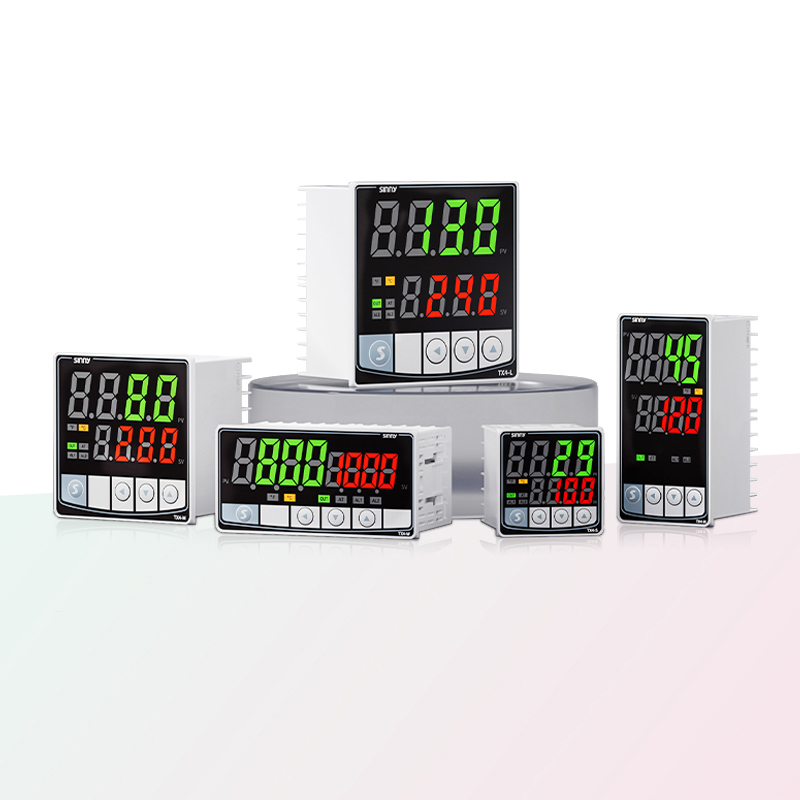Thermostat vs Temperature Controller: Key Differences Explained
Compare and contrast the key distinctions between a thermostat and a temperature controller to understand their distinct functions and applications and which device would best meet your temperature regulation needs.
Temperature regulation requires two distinct devices, although they are often used interchangeably. Both play an essential role, whether providing comfort at home or precision during industrial processes. pid temperature controller This article explores their differences so readers can make an informed choice as to which will best meet their requirements.
1. Thermostats : Are Comfort's Defenders
A thermostat's primary objective is to maintain comfort by maintaining room temperatures within the range its user selects. They can be found residentially and commercially in appliances like HVAC systems, water heaters, fridges and ovens - using electronic or mechanical components to detect temperature variations before activating or deactivating heating or cooling systems accordingly.
Mechanical thermostats often employ bimetallic strips that bend when temperatures change, activating a switch. Electronic thermostats utilize thermistors or semiconductors that change resistance with changes in temperature; this information is fed into the microcontroller, which controls climate control systems.
2. Temperature controllers : Precision Maestros
Temperature controllers provide the means for precise temperature regulation in specific settings such as manufacturing plants, industrial complexes and research labs where precise temperatures must be met. They play an integral part in providing comfort zones that meet specific standards of comfort for their users.
Temperature controllers employ sophisticated control techniques, unlike thermostats. On/off controls are similar to thermostats but have tighter and more sensitive controls. Proportional controllers go one step further by modulating output to prevent overshoots and undershoots associated with on/off controls; more sophisticated PID controllers use algorithms that predict future temperature changes and make adjustments accordingly to ensure a constant process temperature.
We are Wenzhou, Zhejiang Province, known as the "Electric Capital of China". We are a professional manufacturer of thermostats, with a core commitment to technological depth and quality. With a ten-year foundation in precision manufacturing, a technical team led by senior engineers, and the concept of reliable performance achieved through high-end materials, we offer personalized customization solutions before and after sales, and a professional customer service team to help you solve problems. Remote technical guidance
3. Compare thermometers and temperature controls by considering their characteristics:
Temperature controllers offer general comfort control, while controllers provide precise temperature regulation for critical processes.
Thermostats can be found in many everyday products. Temperature controls are used extensively in special equipment such as incubators, autoclaves and brewing systems.
* Feedback Mechanisms - Thermostats use direct feedback to toggle systems on and off, while closed-loop temperature controllers use closed-loop input for more precise adjustments that maintain desired setpoint temperatures.
4. Application: They offer brilliant illumination wherever they're used.
Thermostats are ubiquitous devices used in domestic and commercial settings to regulate temperature and provide comfort for people and efficiency for appliances. Unsung heroes in our homes, thermostats quietly work hard behind the scenes to keep us warm and fresh food.
Temperature controllers provide precise temperature regulation. These devices are used in many settings, including chemical plants for specific reactions that require particular temperatures, food processing plants to monitor pasteurization temperatures, and environmental chambers for testing purposes.
5. Make an Informed Choice
Whether a thermostat or temperature controller is appropriate depends on precision requirements and application needs. A thermostat may be suitable for general heating and cooling, and it is cost-effective and accurate enough for everyday use.
A temperature controller could be ideal for industrial processes, scientific experiments or other situations where temperature changes have significant consequences.
Understanding the various temperature management devices can help ensure effective temperature regulation. Selecting an effective device can provide a more comfortable living space or the successful completion of complex industrial processes.
Related product links
- What Does The Term Temperature Control Refer To?
- Top 10 Industrial Applications of Temperature Controllers























